Khuldabad
Tags : Temple
Time Required : 1 day
Entry Fee : Free
Khuldabad, Aurangabad Overview
Khuldabad is a small town located around 13 km from Chhatrapati Sambhajinagar (previously Aurangabad) and 3 km from the world heritage site of Ellora Caves. Formerly known as 'Rauzaa', which means the garden of paradise, Khuldabad is popular as the "Valley of Saints", because the city was resided by several Sufi saints in the 14th century. This holy city is home to several important historic monuments like Aurangzeb's Tomb, Dargah of Zar Zari Zar Baksh, Shaikh Burhan ud-din Gharib Chisti and Shaikh Zain-ud-din Shirazi. Khuldabad also houses the famous Bhadra Maruti Temple dedicated to Lord Hanuman.
Near Khuldabad is a place called "the Valley of Saints" which is believed to have the graves of 1500 Sufi saints. In the early 17th century, the city was captured by Aurangzeb who built a strong wall as a protection around the town with seven entrances inside the city Nagarkhana, Pangra, Langda, Mangalpeth, Kunbi Ali, Hamdadi and a wicket gate called Azam Shahi. The ruins of the monument from the Mughal era can still be seen here. Khuldabad is an important city owing to its religious and historic significance.
Read More on Khuldabad
Historical Structures at Khuldabad
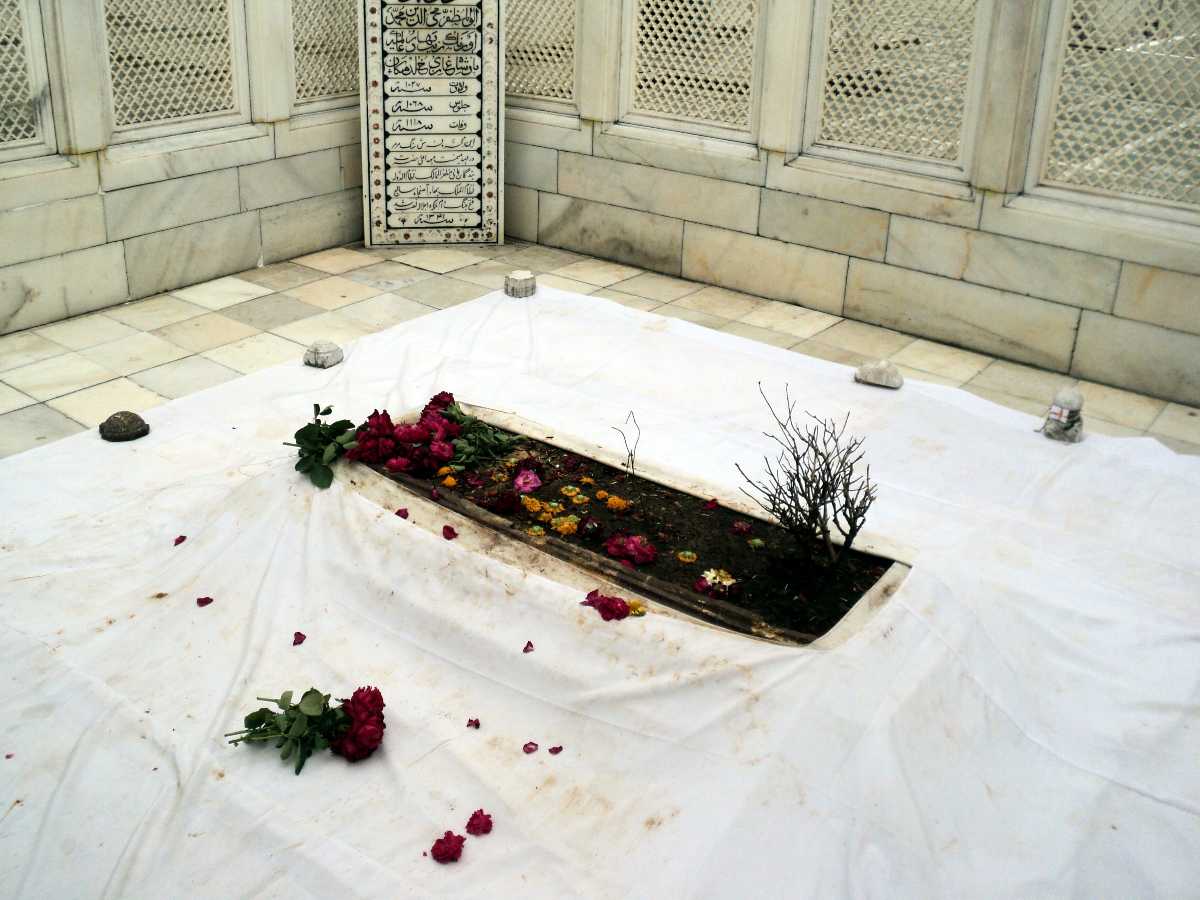
Source
Tombs of Azam Shah and his Wife- Close to Aurangzeb’s tomb is the grave of his second son, Azam Shah and his wife. The marble screen has 18 panels, each 6 feet in height. The sides and corners are covered with small minarets of marble. Marble is used to adorn the interior too and Azam Shah's grave has a small marble headstone ornamented with carved floral designs.
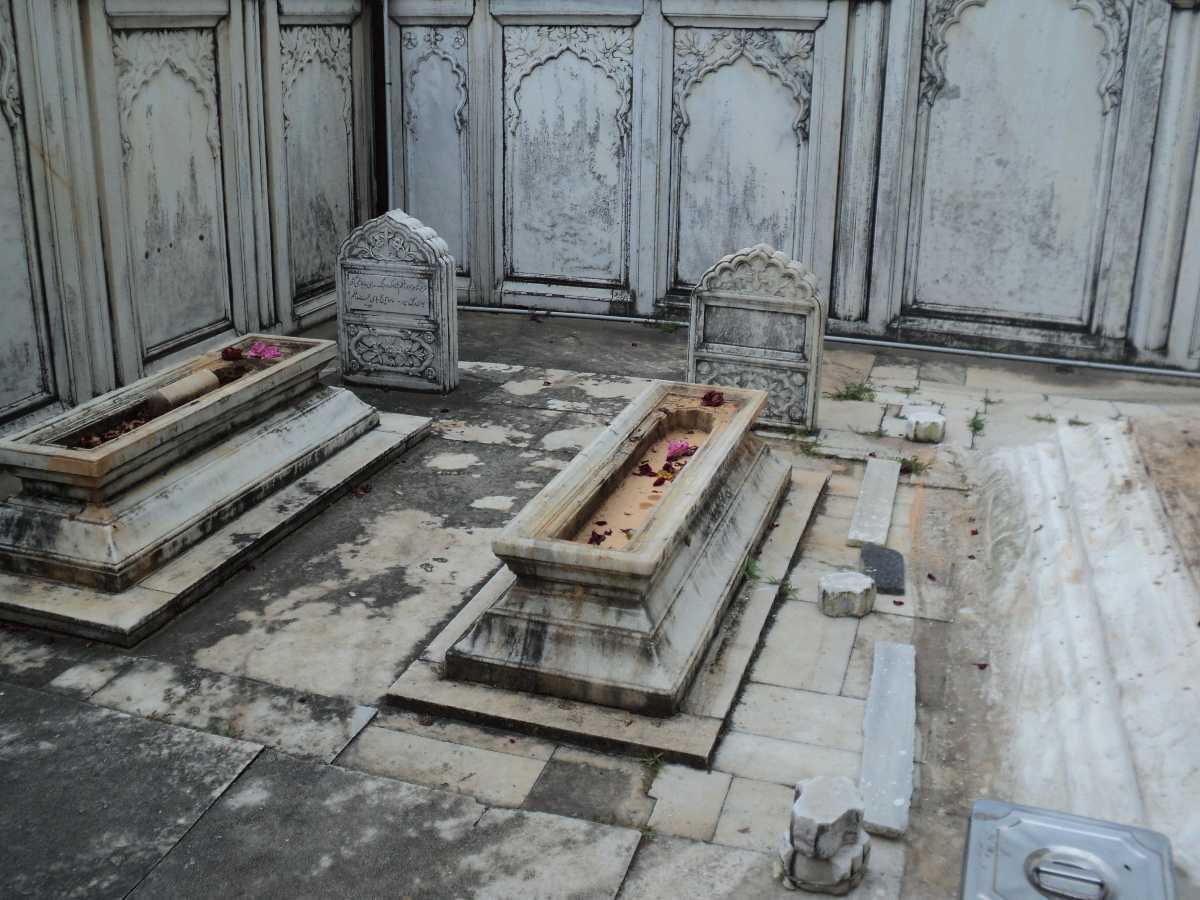
Source
Zainuddin Shirazi Dargah- Sayyed Zain ud din was highly revered by Muslims and the mausoleum was built by his disciples. Enclosed by a large quadrangular courtyard, it has two gates made of brass and silver. There are two mosques and a nagarkhana or music chamber. The grave is veiled with richly embroidered pall and a string of ostrich eggs suspended over it. A small room in the courtyard contains the robe of the prophet which is displayed once every year.
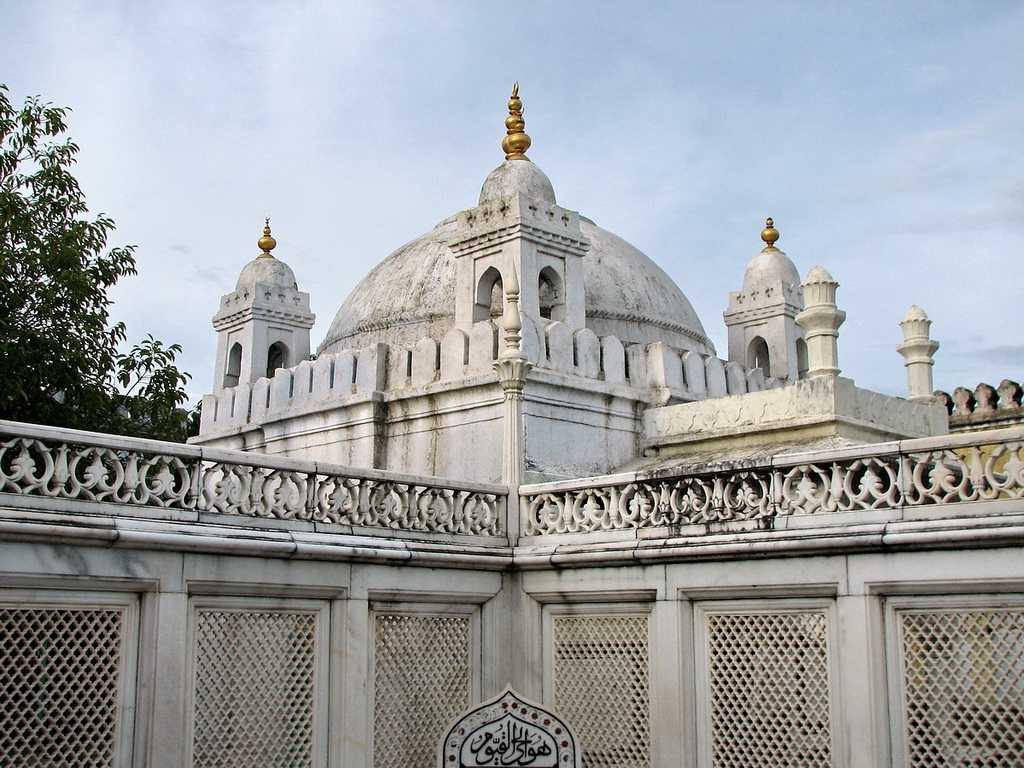
Source
Burhan ud din Mausoleum- It lies opposite the building which has the tombs of Aurangzeb and Zain-ud-Din. Similar to Zainuddin’s mausoleum, it also has a courtyard, a nagarkhana and open-fronted buildings on all sides. The west end of the courtyard is used as a school and a door here gives access to an inner courtyard containing several graves. Within the shrine, some of the hair of the prophet’s beard is preserved. The doors are plated with metal shaped into beautiful trees and flowers.
Asaf Jah’s Tomb- To the right of Burhan ud din’s tomb, are the resting places of Nizam-ul-Mulk Asaf Jah I, the founder of the Hyderabad dynasty and his son Nasir Jang. The graves lie on a white marble covered with a white cloth.
Bani Begum Maqbara- Bani Begum was the consort of one of Aurangzeb’s sons. The tomb is flanked by a huge quadrangular garden which has fountains and cisterns. The main entrance is in the centre of the north wall and a mosque in the south wall. The tomb is located in the middle of the garden enclosed within another walled structure and has four small minarets around it.
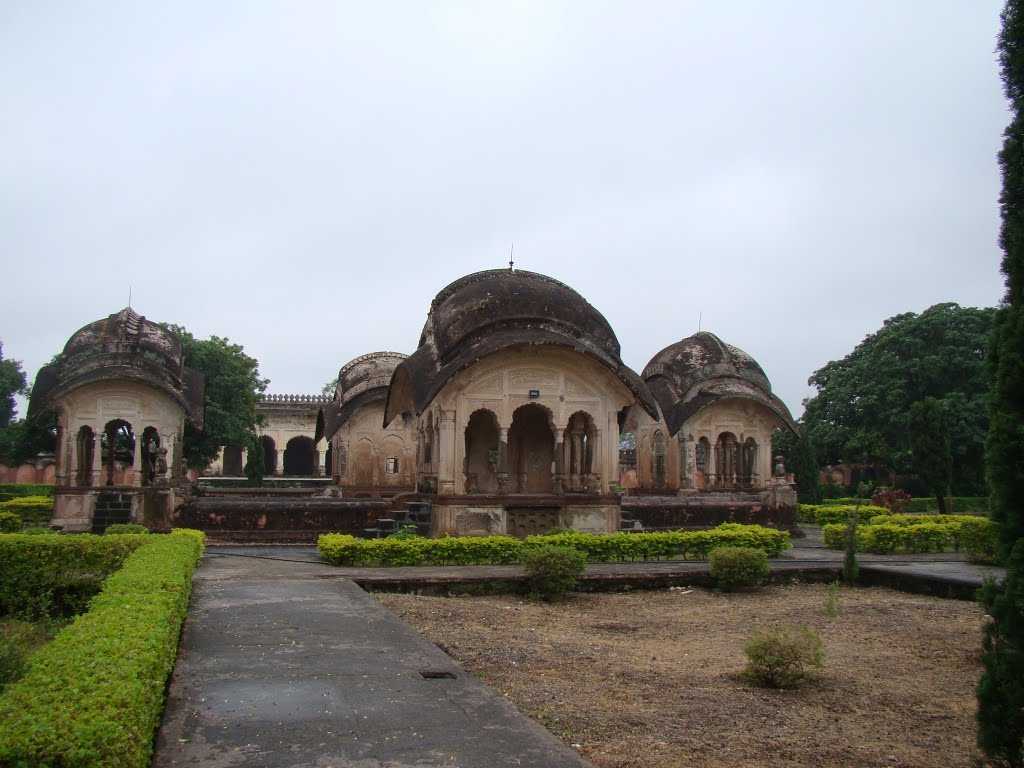
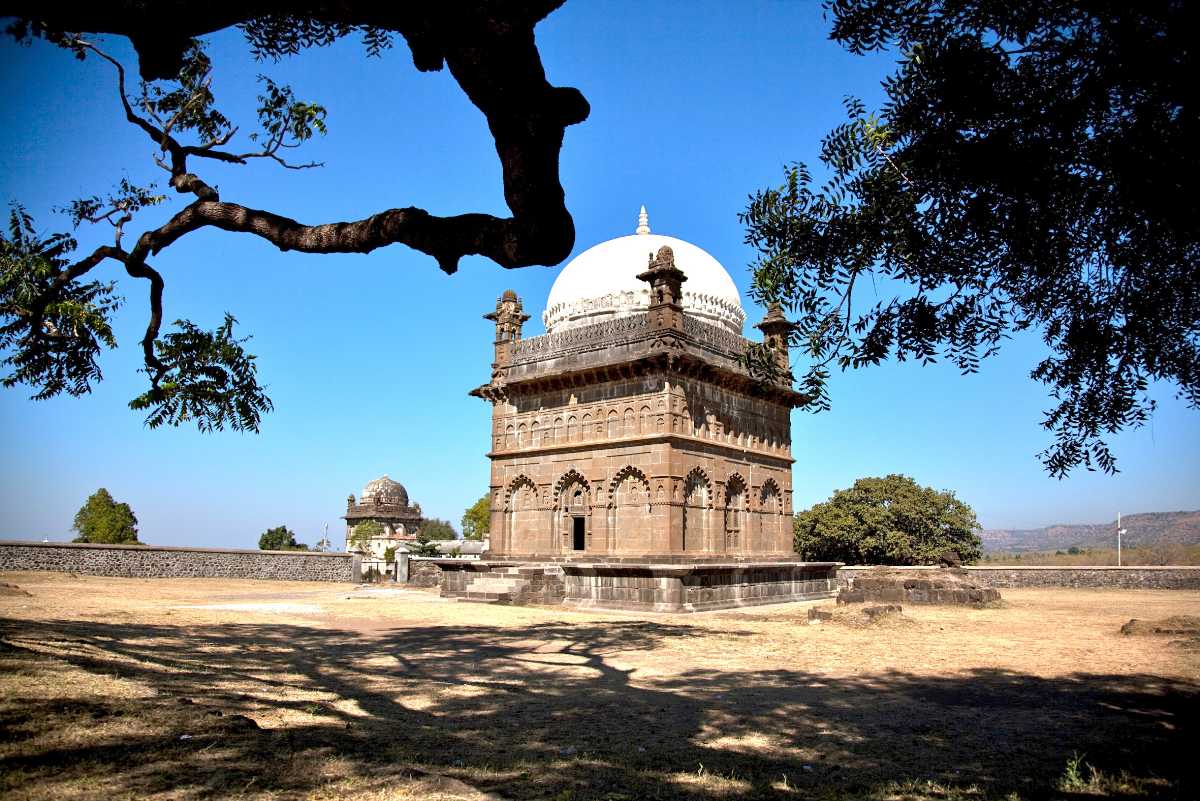
Source
Zar Zari Zar Baksh Dargah- Zar Zari Zar Baksh or Shah Muntajab ud din was one of the earliest Sufis of the Chishti Order, the most dominant of all the Sufi orders in India. The tomb contains many ornaments and relics of which the most stunning is a circular steel looking glass mounted on a steel pedestal of four feet in height.
Significance of Khuldabad
Bhadra Maruti Temple
According to a legend, Khuldabad was earlier known as Bhadravati and was ruled by Bhadrasena, an ardent follower of Lord Rama. One day when Bhadrasena was singing songs in praise of Lord Rama, Hanuman descended his place and was so mesmerized by his singing that he took a reclining posture called Bhavya Samadhi. After finishing the song, when Bhadrasena saw the Lord in resting posture, he asked him to bless the site with his presence.
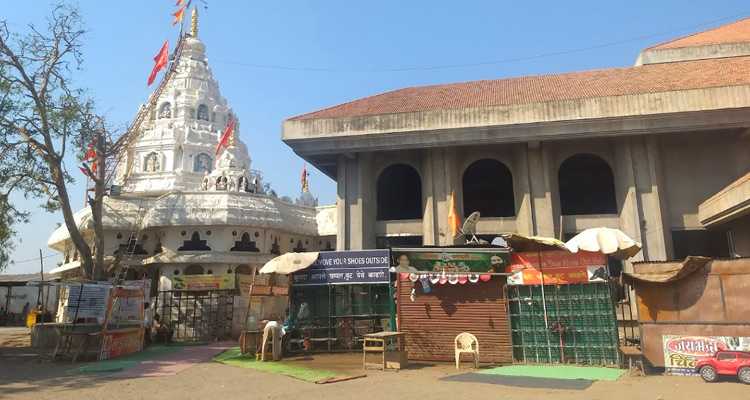
Tips
2. You can make your stay at the guest houses in Kuldhara or in the hotels near Ellora caves.
